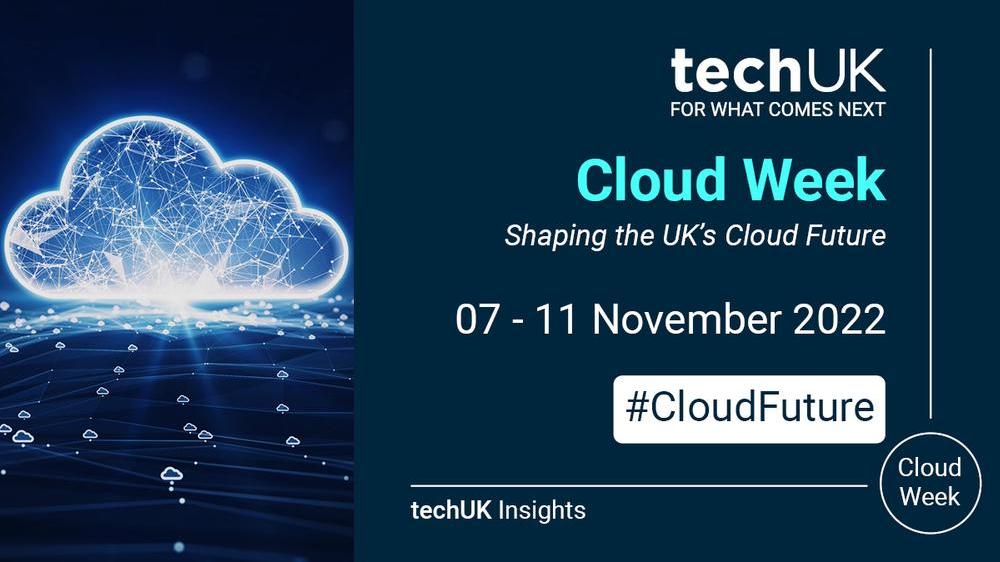Utilising AIOps to unlock the value of the multicloud world (Guest blog from Dynatrace)

Author: Greg Adams, Regional Vice President, UK & Ireland, Dynatrace
Many organisations are adopting multicloud environments in an effort to increase scalability and agility. However, these environments introduce new challenges. They are far more complex and dynamic than traditional IT architectures, containing hundreds of technologies, millions of lines of code, and billions of dependencies. In an ever-evolving multicloud environment, the frequency and scale of change is simply beyond human capacity to manage. To unlock the most value, AIOps-driven insights are vital.
AIOps combines big data and machine learning to automate IT operations processes, such as event correlation, anomaly detection, and causality determination. However, while these capabilities can transform digital strategies, not all approaches to AIOps are created equal. To maximise the advantages of the cloud, organisations should consider their approach carefully, focussing on the problems they are trying to solve. With an effective AIOps strategy, they can empower themselves to make more informed decisions and deliver tangible business benefits from multicloud environments.
The cloud needs to be autonomous
Traditional AIOps approaches use machine learning to reduce alerts and simplify dashboards, so DevOps teams have less data to filter. This takes a statistical approach to AI, ingesting data to understand problems and make decisions based on past experiences. As such, it is well suited to automating many simple, routine, and easily repeatable tasks.
But before machine learning engines make any decisions, a data scientist must create an algorithm to train the AI and refine the technology by filtering out false positives. This process can take months or even years. Additionally, because it’s not autonomous, this type of AI is difficult and time-consuming to scale. Moreover, every significant change requires machine-learning-based AI to relearn the rules of its environment. This means AIOps that relies on machine learning is at its best in situations where processes don’t change often, such as legacy on-premises environments, not complex multicloud architectures.
What’s more, when it encounters a previously unseen problem, machine-learning-based AIOps hasn’t learned the necessary rules, so it is often unable to determine the root cause with precision. As a result, if a new anomaly in a large microservices environment triggers a storm of alerts, DevOps teams have to manually find the cause and see the smoke before the fire starts to burn. Unsurprisingly, these challenges limit the scope of machine learning for tackling the complexity of today’s dynamic multicloud environments.
A deterministic approach
Machine-learning’s shortcomings have led to the emergence of a new generation of modern AIOps that better supports today’s multicloud ecosystems. These approaches use deterministic AI, which performs a step-by-step fault-tree analysis based on a complete map of the multicloud environment. The environment is then continuously and automatically updated through real-time observability data.
Deterministic AI provides precise answers about issues that arise. Because it has the full context that comes from its understanding of the organisation’s entire multicloud environment, it can suppress millions of unrelated events to trace the problem to its underlying cause. Deterministic AI can do so in near-real time, without requiring human assistance to learn new rules or analyse and interpret data. This AIOps approach can optimise the entire digital value chain by enabling DevOps teams to automate more complex, repeatable tasks that must instantly process a huge volume and variety of data.
Harnessing the power of the cloud
With a deterministic AIOps approach, DevOps teams are empowered to maximise the agility and scalability of the cloud to innovate faster. They are no longer bogged down by repetitive, manual tasks and can focus on more innovative aspects of software development, deployment, and delivery. This enables them to embrace more fulfilling, rewarding work and, ultimately, deliver more tangible benefits to the business. In this way, organisations can harness maximum value from their cloud environments.
Cloud Week 2022
We bring you news, views and insights from the technology sector on what cloud computing can enable in the UK
DevOps Revealed: Insights and trends driving productivity and job satisfaction
Guest Blog from Spot by NetApp - #CloudFuture





